Medium Writing
Medium Writing - Part 1


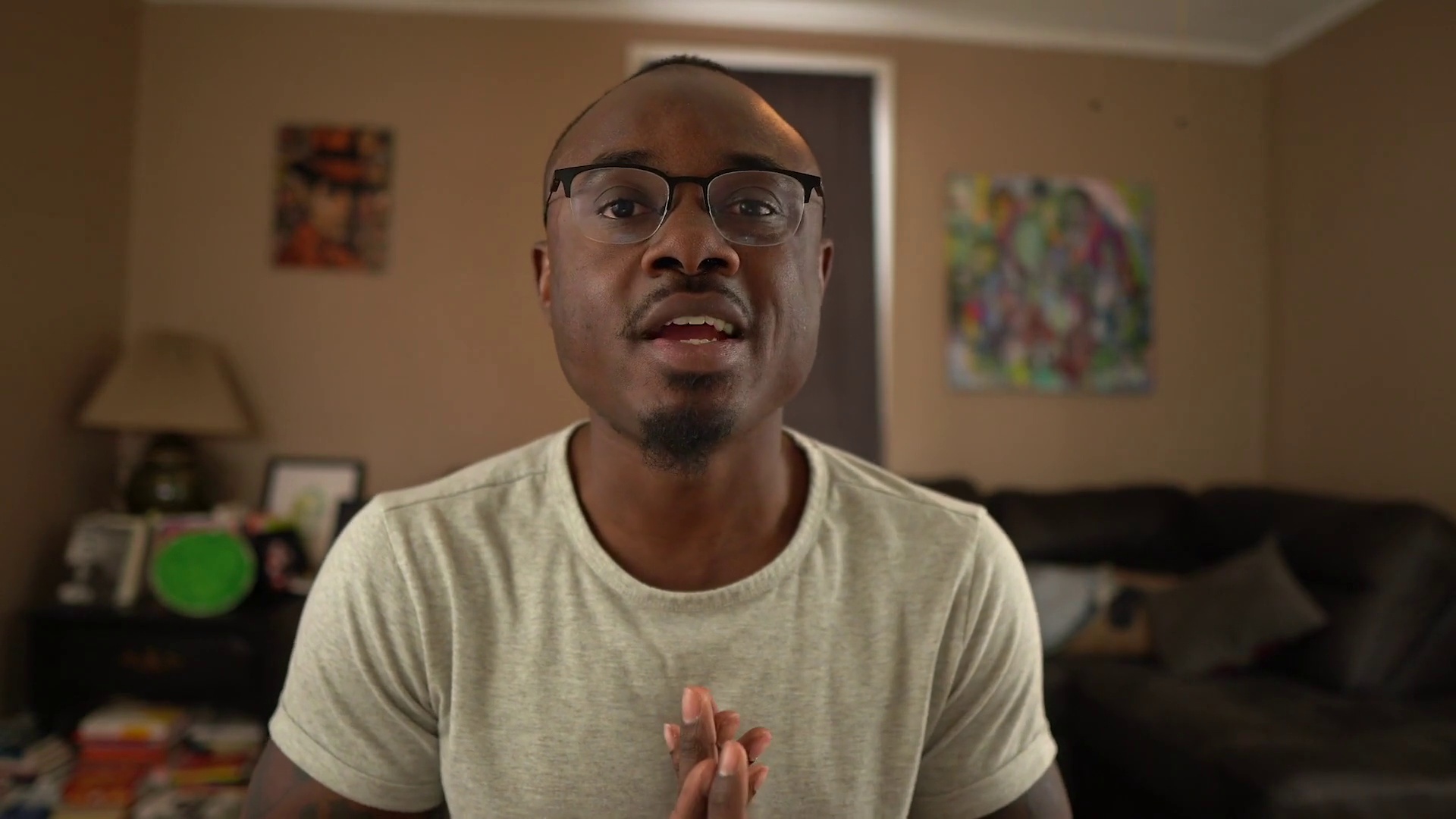
The narrator discusses using future pacing, a persuasion technique where you depict the reader in an ideal future state, to make writing more compelling. This helps readers envision the transformation or evolution they seek. People don't simply want products; they desire the outcomes and feelings those products facilitate. To effectively future pace: Use descriptive language prompting readers to imagine or picture themselves benefiting from your content in the future. For example, ask them to envision consistent posting translating to greater income and audience impact in 6 months. While extremely descriptive language (like sipping drinks on a beach) risks coming across disingenuous, more modest descriptions can still be impactful. Even if your writing isn't directly self-help, incorporate takeaways allowing readers to envision better futures.
.Medium Writing - Part 2



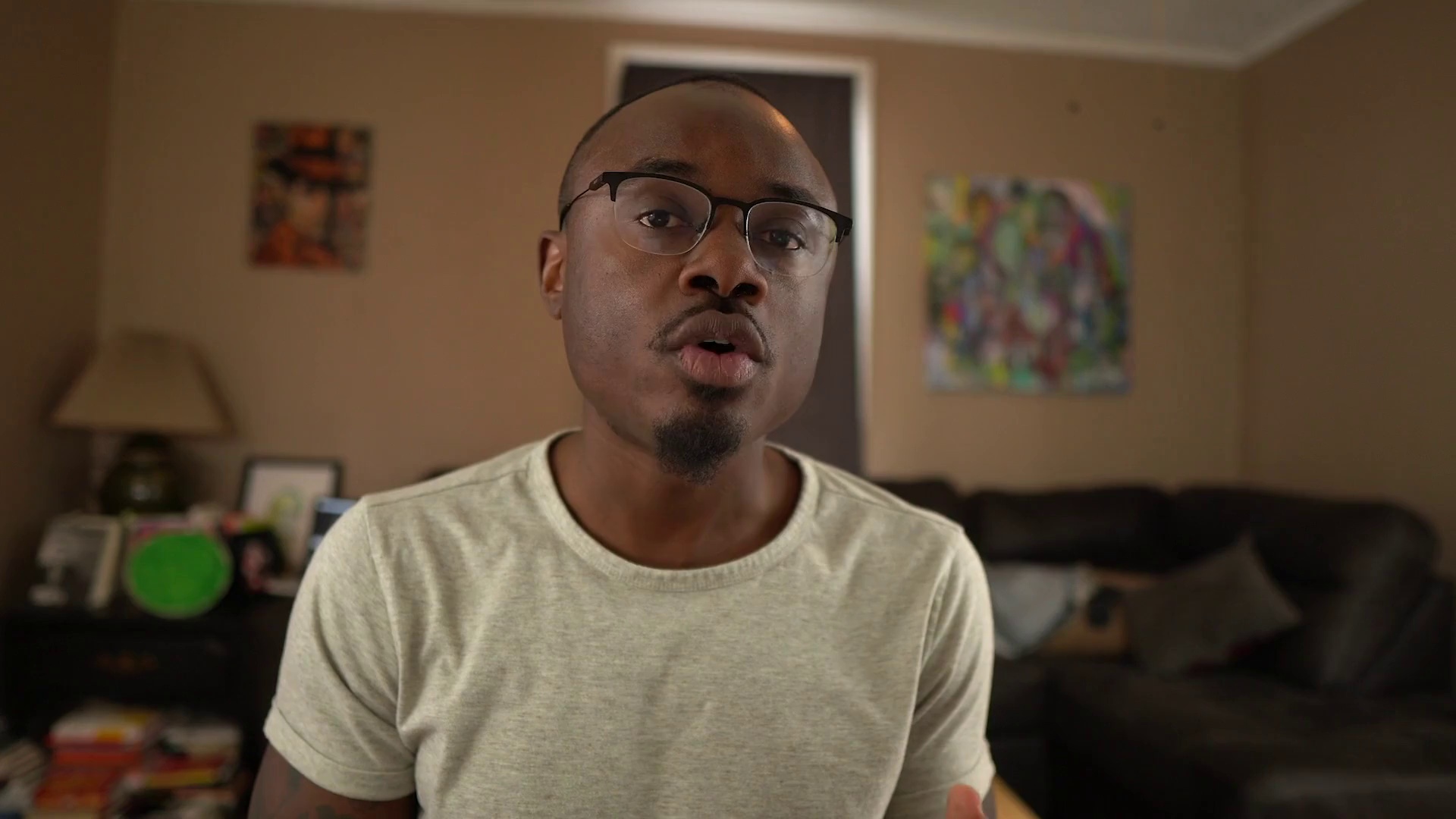

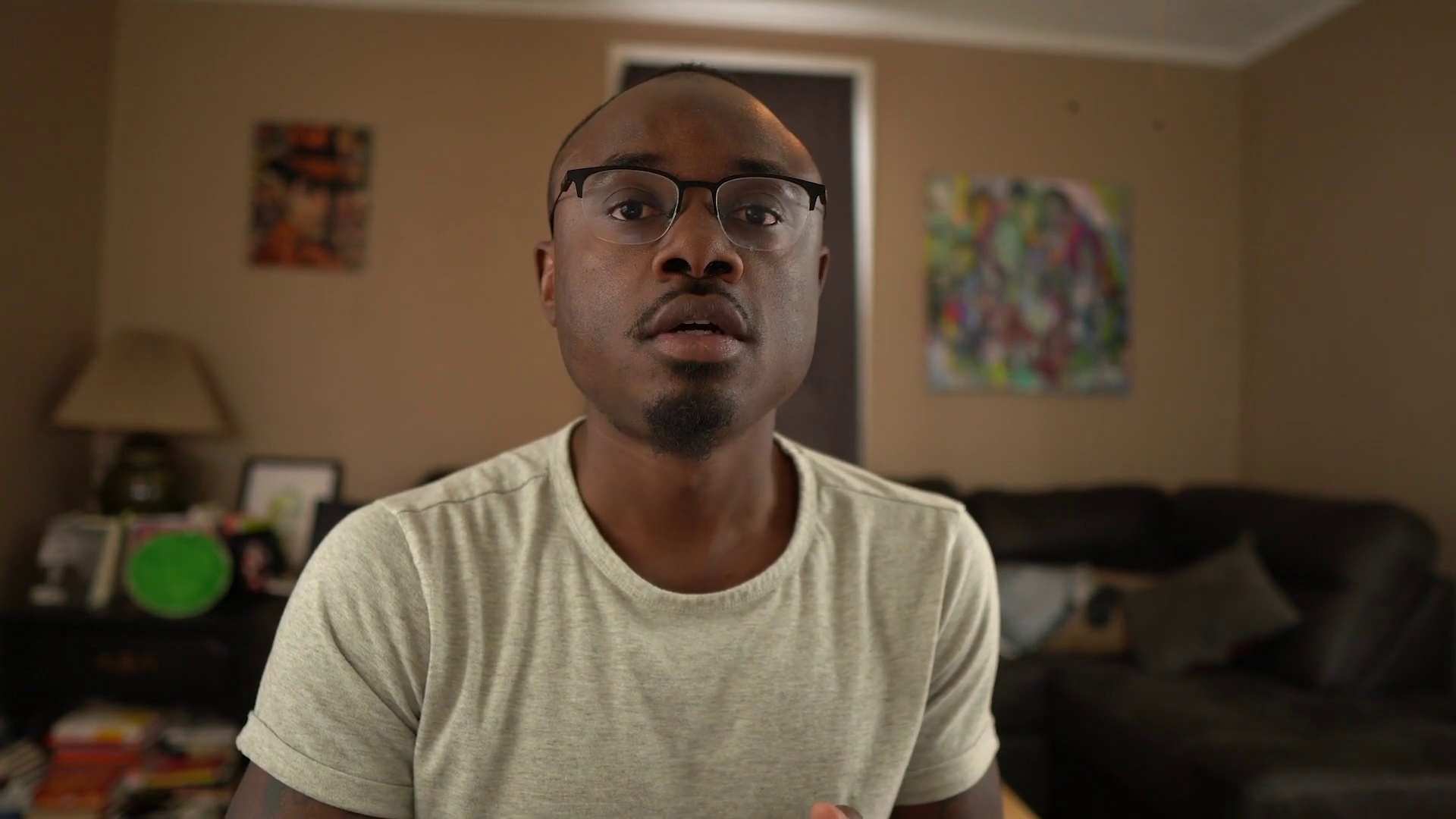
The narrator says that to be a persuasive writer, you need to get inside your reader's head and understand their frustrations, aspirations and deepest thoughts. This comes from life experience, intuition, and observing human nature patterns. The narrator analyzes what readers are really thinking but not saying out loud. This resonates more than superficial or overly positive writing. Creating a reader "avatar" also helps target your writing. You should always try to stay one step ahead of the reader's mindset. Even in fiction, characters should undergo experiences and thoughts that readers relate to in their own lives, tapping into patterns of human nature.
The narrator says your writing is not for you, it's for the reader. The most compelling writing understands and reflects back what readers are already thinking but not articulating. The narrator will provide an example blog post showing how he targets reader's inner thoughts. When writing, constantly ask yourself how to reflect back to readers what their mindset is, which often goes unspoken.
.Medium Writing - Part 3










The narrator discusses the concept of "sweater knit copy," which refers to making sure each line of writing flows seamlessly into the next. This helps keep the reader's attention and move them through the content.
To create sweater knit copy:
Omit needless words and phrases. Cut at least 25% of the draft when editing.
Use transitional phrases like "because" and "as a result of."
Add contractions to make the writing flow faster.
Remove hedging phrases like "I believe" or "I think that."
Use active voice, putting the subject after the verb rather than before.
The goal is to move the reader smoothly from the top to the bottom of the page by crafting tight, focused writing.
.Medium Writing - Part 4










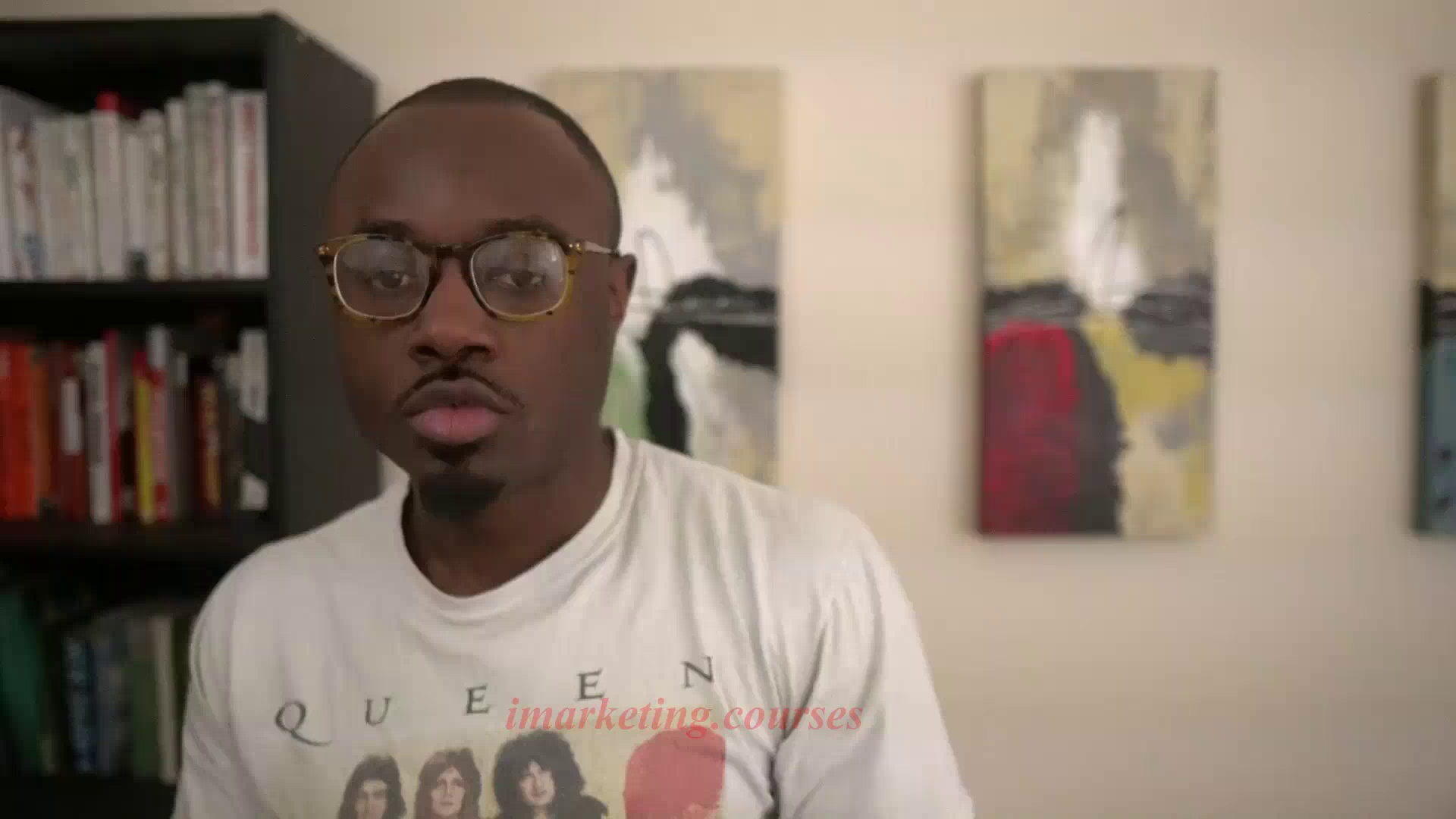
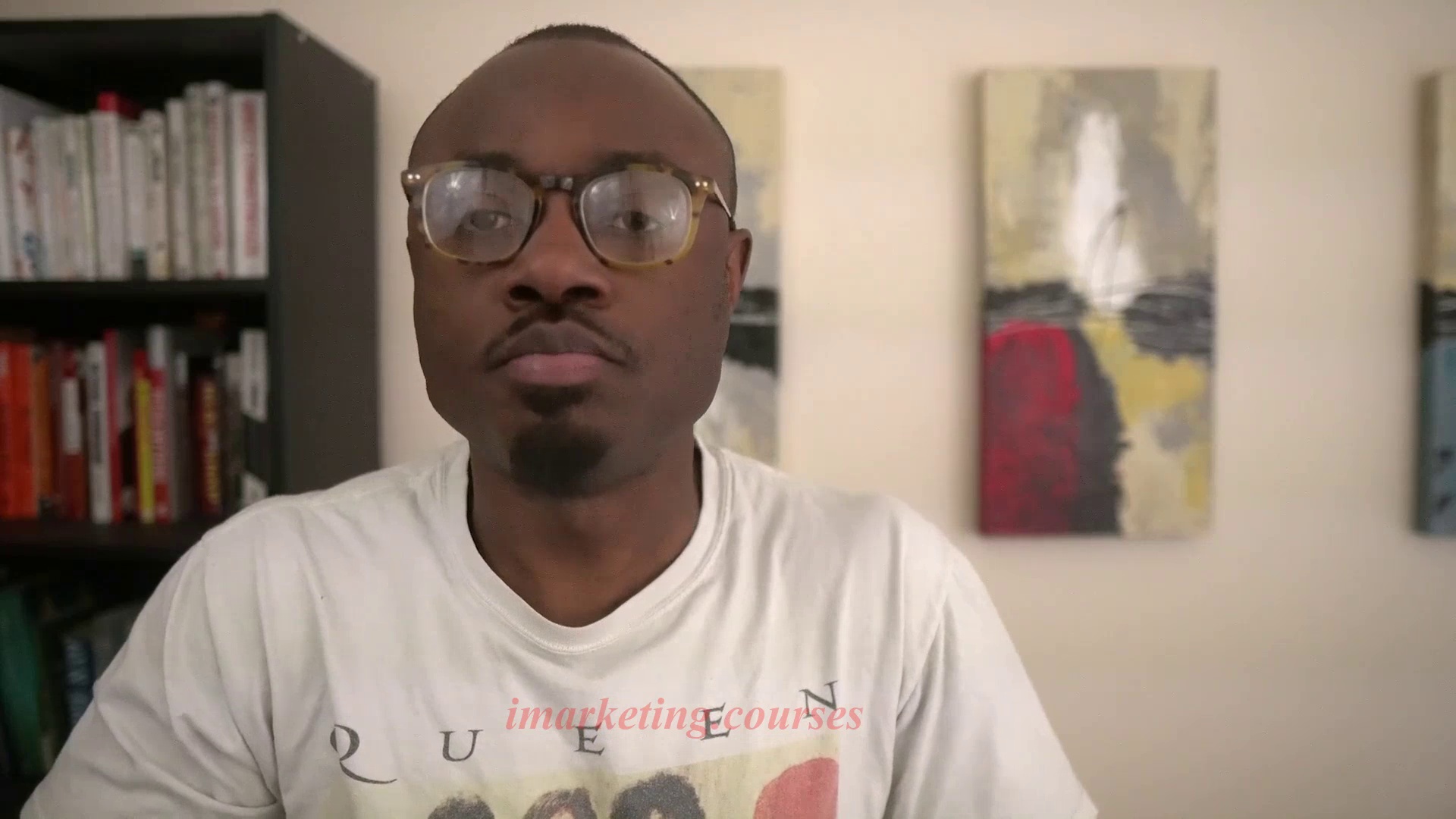

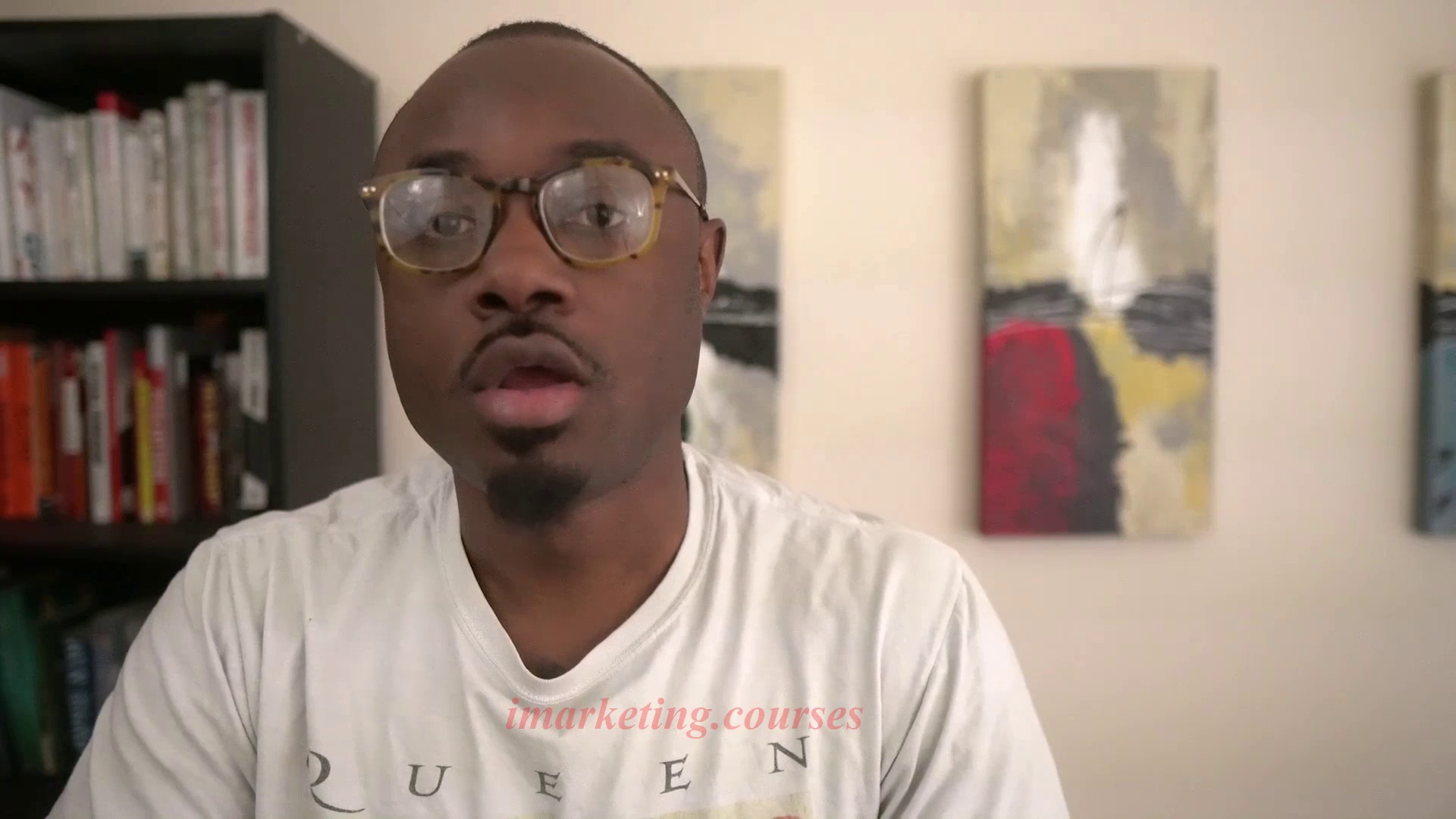
Subheadings are short headings placed between sections of a blog post. They help keep readers focused and guide them through the content.
In list posts, the number of subheadings usually matches the number of points. In essays and how-to posts with an introduction, body, and conclusion, the main points in the body often become the subheadings.
Subheadings build curiosity by hinting at information to come without giving it away. For example, "Use this strategy for maximum productivity" makes readers wonder what the strategy is. Subheadings can also literally state what's next, like "You're learning new things every day."
The goal of subheadings is to interrupt the reading pattern, resetting the reader's attention span. Without subheadings, readers can get overwhelmed by long walls of text. Subheadings break the content into mini-adventures to keep readers engaged.
.Medium Writing - Part 5














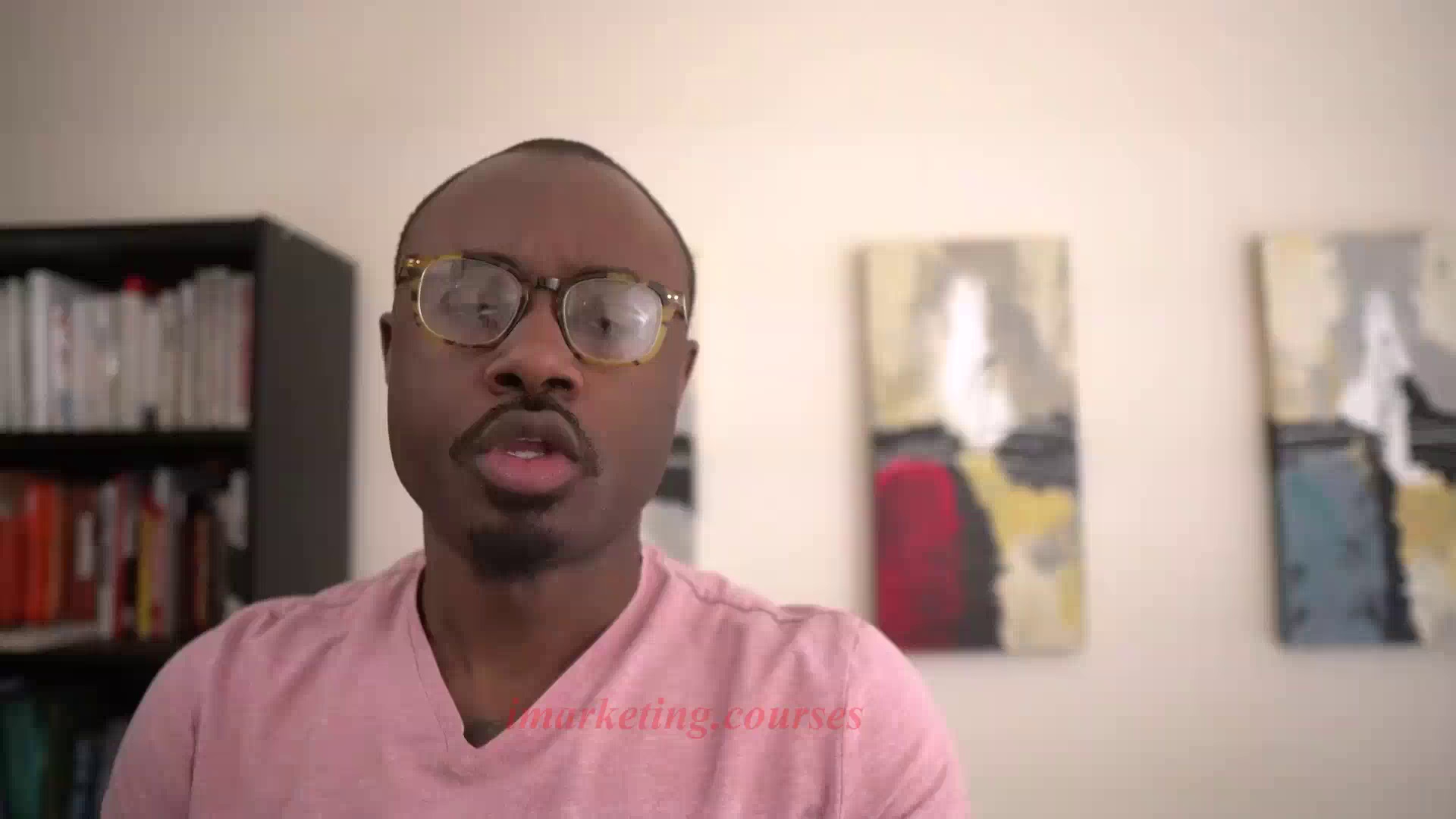
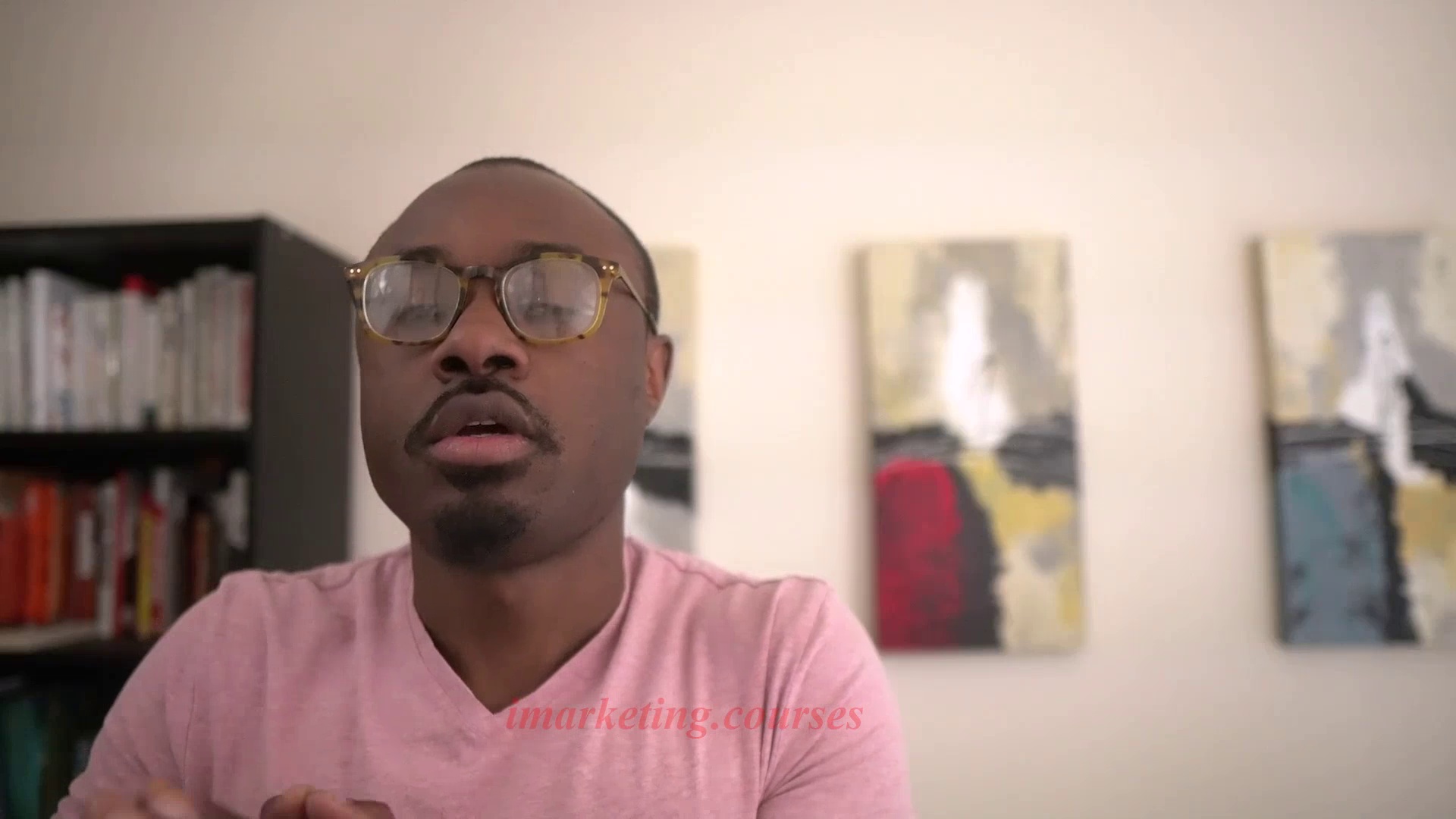
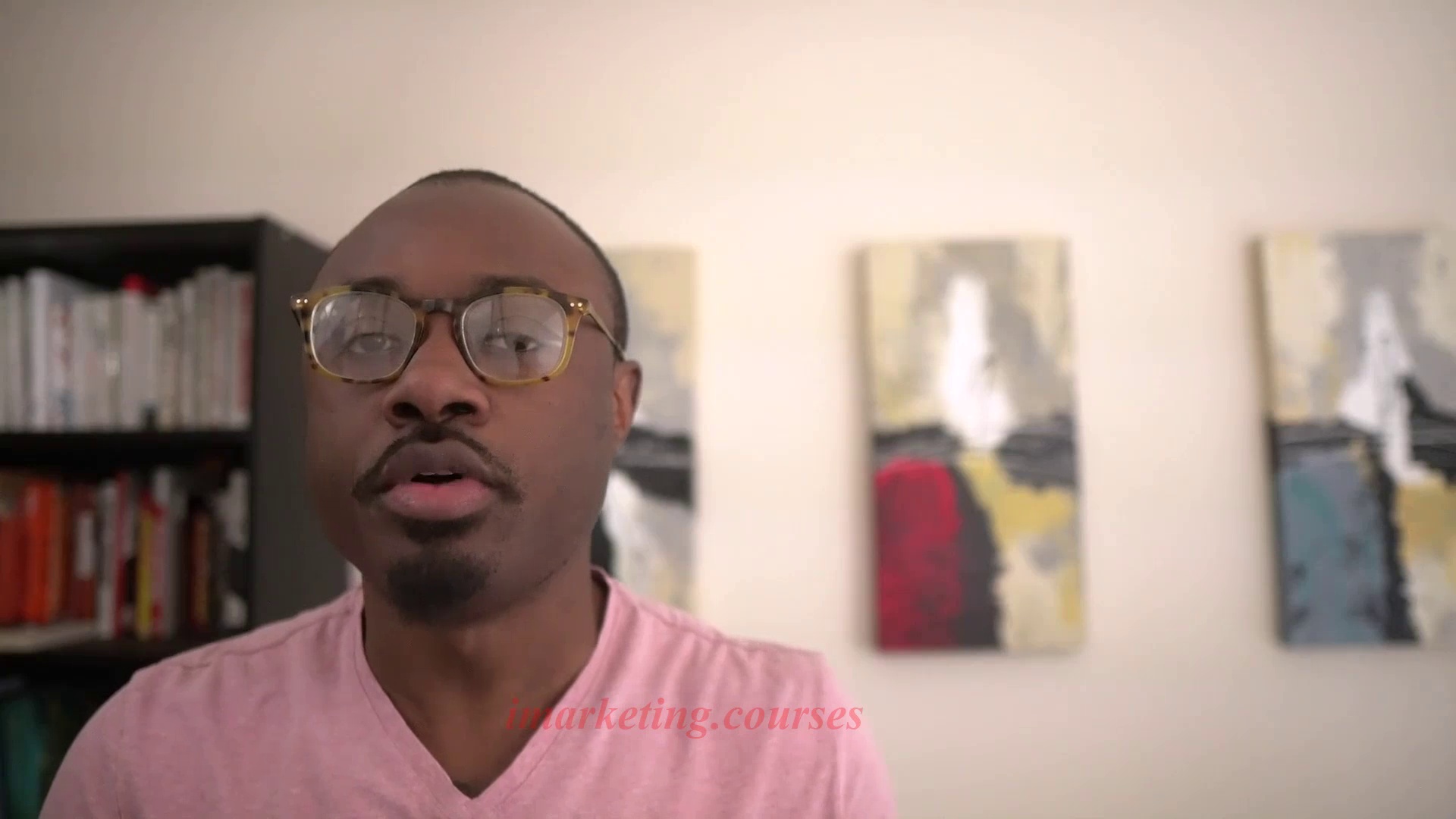
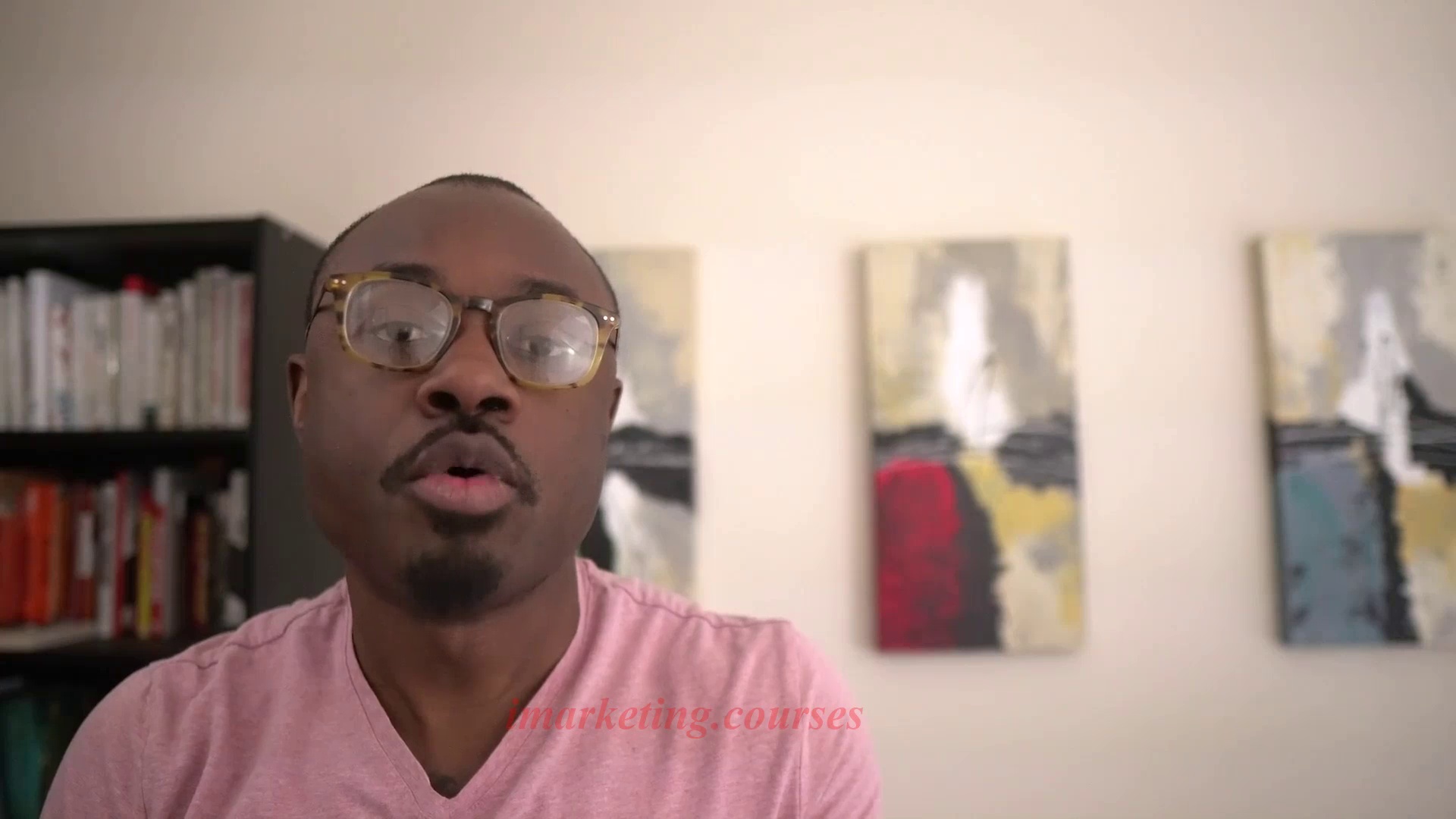
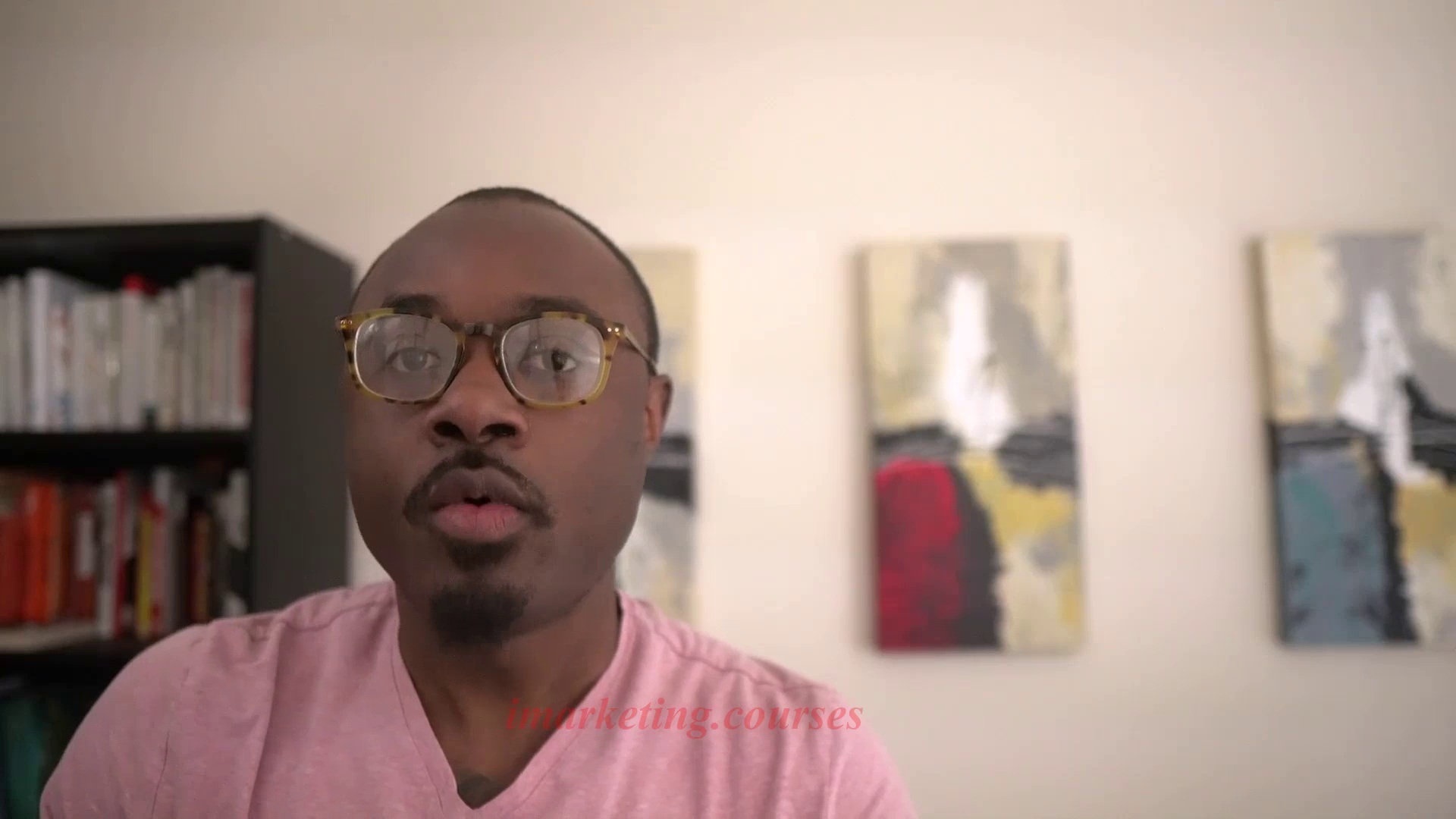
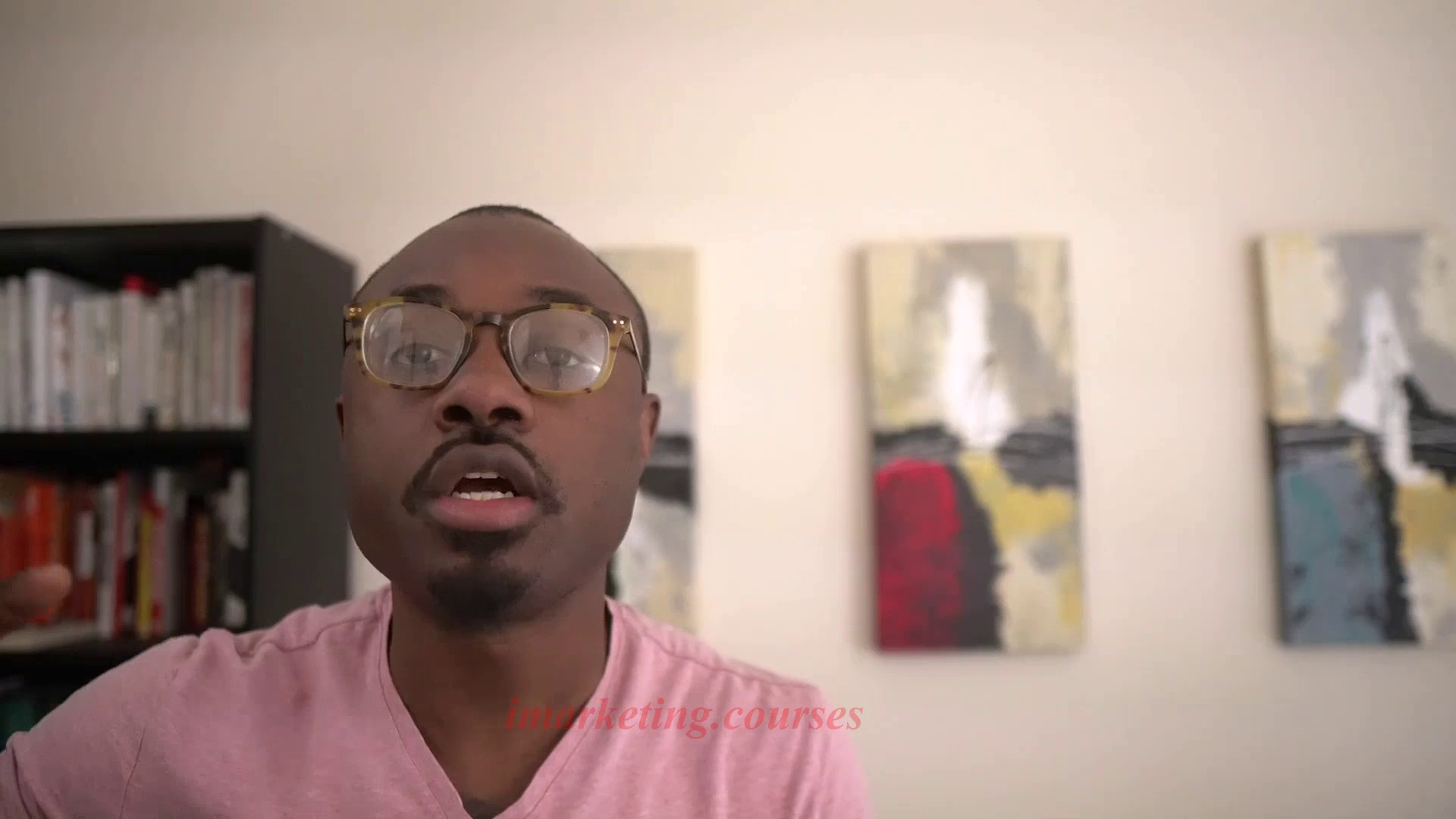

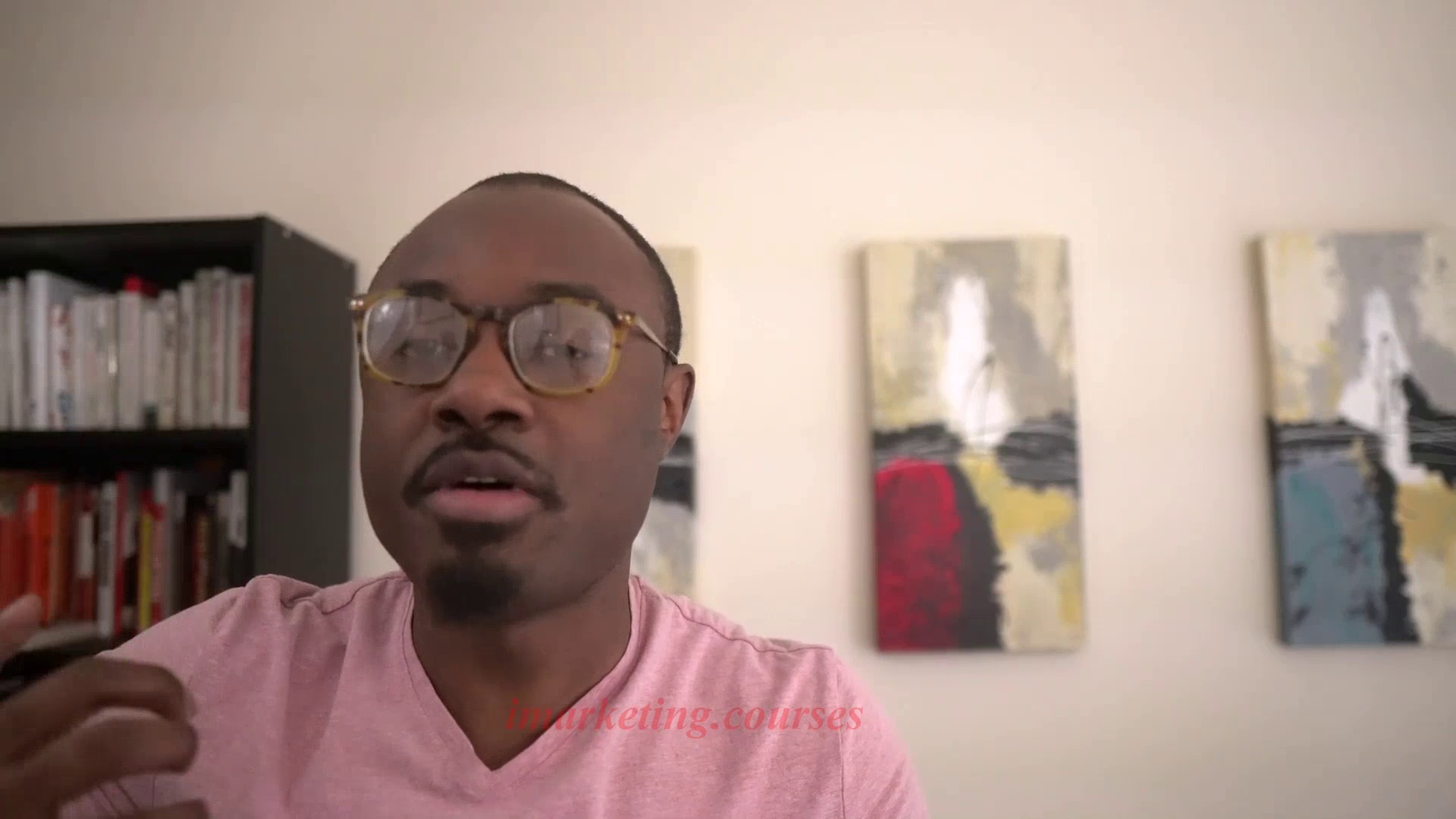
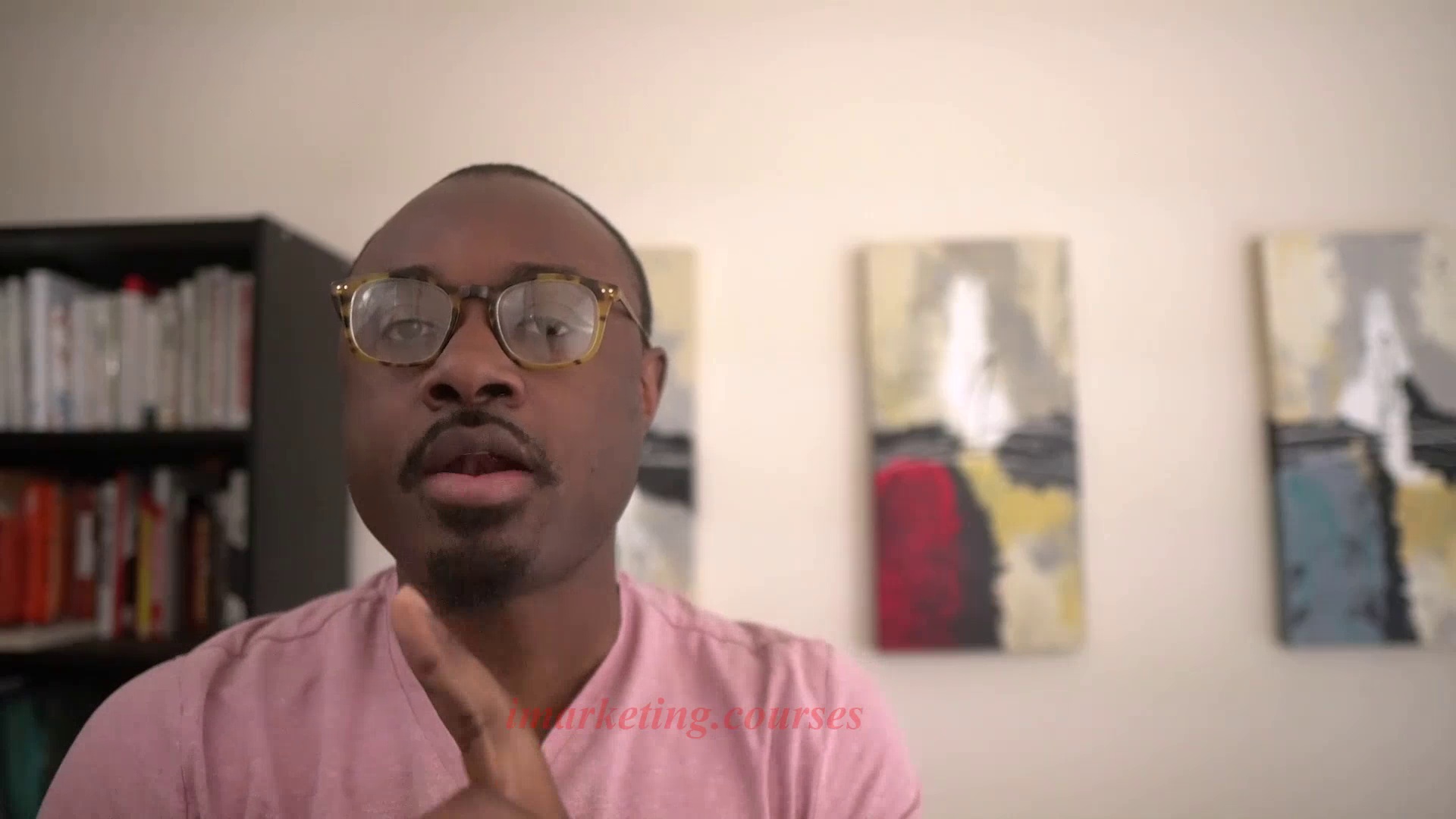
The blog post blueprints provide frameworks and structures for articles that have performed well on Medium in the past. Using these blueprints can help writers be more successful on Medium. Over time, they can help writers freelance better articles.
The listicle with style blueprint creates listicle articles with more quality and depth than typical listicles. To prepare, first brainstorm double or triple the number of points you actually need, review similar articles, then narrow down to the best points.
Create a mind map and outline first. Have 3 supportive sub-points under each main point. Write 200-300 words elaborating on each main point. Add relevant quotes under each point. Use clever subheadings and pattern interruptions like photos to improve engagement.
The listicle with style method combines popular elements with unique twists. The goal is creating informative, in-depth listicles that keep readers engaged throughout.
.